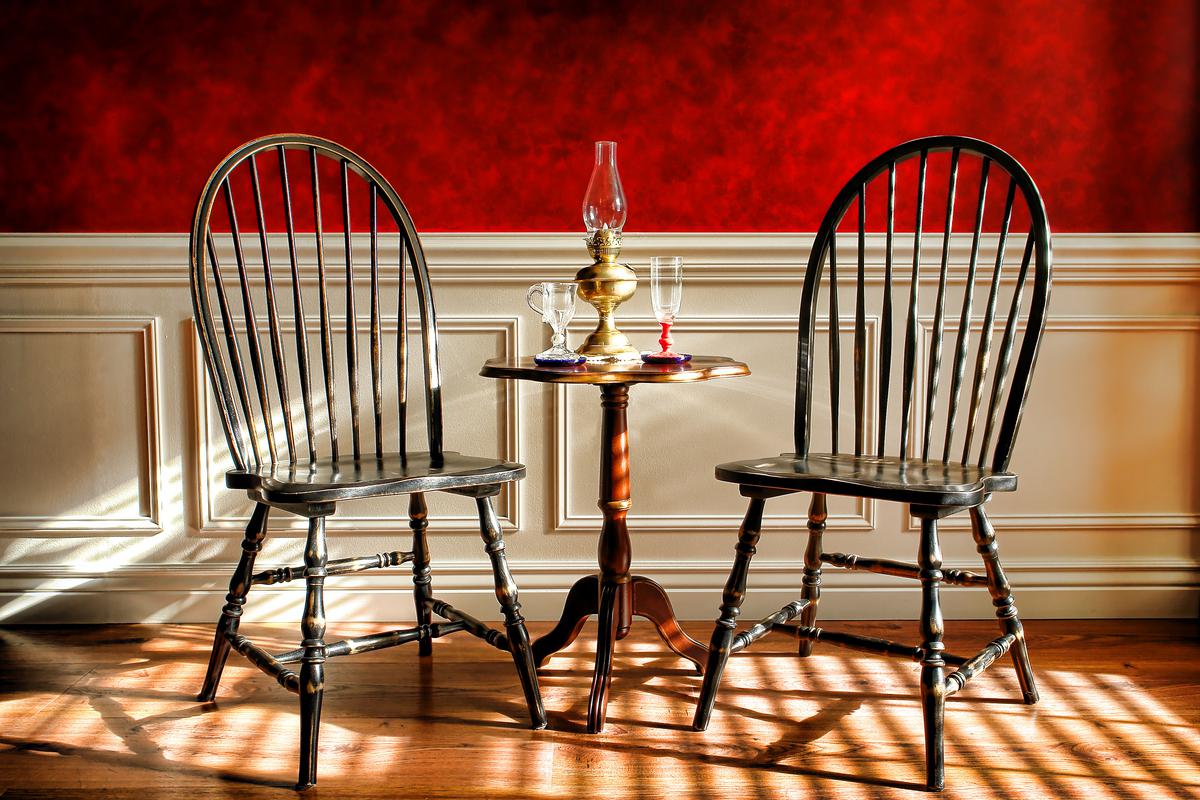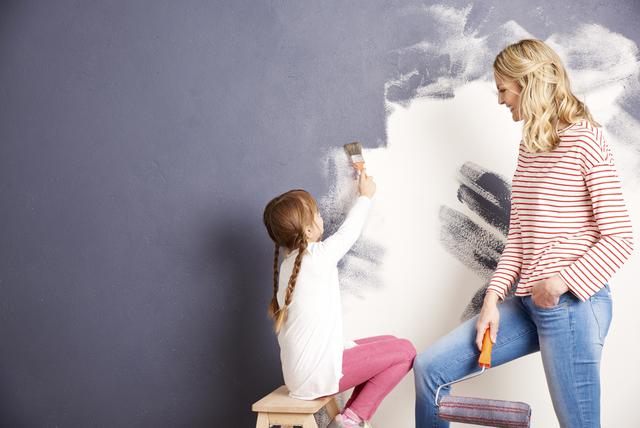Painting your home is an exciting opportunity to refresh your living space and express your personal style. Faux finishes are a popular choice for homeowners who want to add depth and character to their walls. Hiring a professional painter for the job ensures that the end result is high-quality and visually appealing. This article will help you familiarize yourself with the essential materials required for the faux finishing process, making the experience a smooth and enjoyable one.
Base Paints: The Foundation of Your Faux Finish
The base paint serves as the foundation for your faux finish. It is essential to select a high-quality paint that will adhere well to your walls and provide a durable surface for your chosen technique. Professional painters typically use acrylic or latex paints for their versatility and ease of application. Be sure to discuss your color preferences with the painter to ensure a harmonious and visually pleasing result.
Glazes and Color Washes: Building Depth and Nuance
Glazes and color washes play a significant role in achieving the desired look of a faux finish. These translucent layers of paint are applied over the base coat to create depth and texture. Glazes are available in a variety of finishes, including satin, matte, and gloss, allowing you to customize the level of sheen. When selecting a glaze, it is essential to consider factors such as drying time and ease of application. Professional painters will often recommend water-based glazes for their quick drying time and environmental friendliness.
Tools of the Trade: Brushes, Rollers, and More
A skilled painter relies on an array of specialized tools to create stunning faux finishes. Brushes are a staple in the faux finishing toolkit, with various sizes and shapes available for different techniques. Natural bristle brushes are preferred for oil-based glazes, while synthetic bristle brushes work well with water-based products.
Rollers are another essential tool for applying paint and glazes evenly. Foam and textured rollers are particularly useful for creating unique patterns and textures. Additional tools, such as sponges, rags, trowels, and combs, allow the painter to experiment with various faux finish techniques and customize the final look of your walls.
Sealers and Protective Coatings: Preserving Your Masterpiece
Once your faux finish is complete, it's essential to protect it from wear and tear with a sealer or protective coating. Sealers are available in various finishes, such as matte, satin, and gloss, allowing you to choose the desired level of sheen. Discuss your preferences with your painter to ensure your faux finish remains beautiful and durable for years to come.
Enjoying the Fruits of Faux Finish Expertise
By familiarizing yourself with the essential materials needed for faux finishes, you can confidently hire a professional painter to transform your living space. The result will be a stunning and unique home that reflects your personality and style.






comments